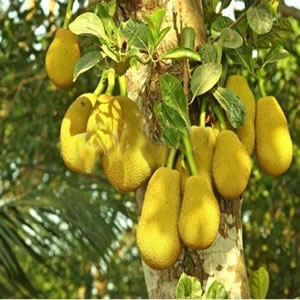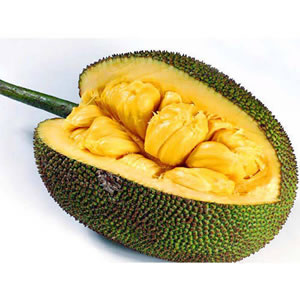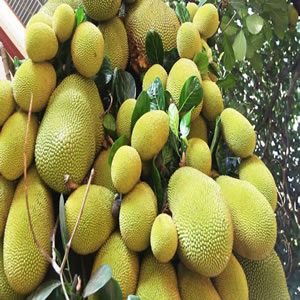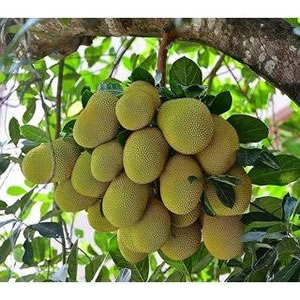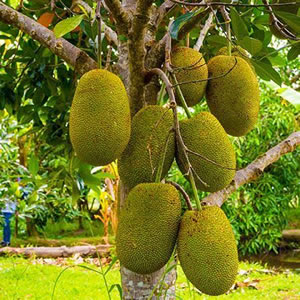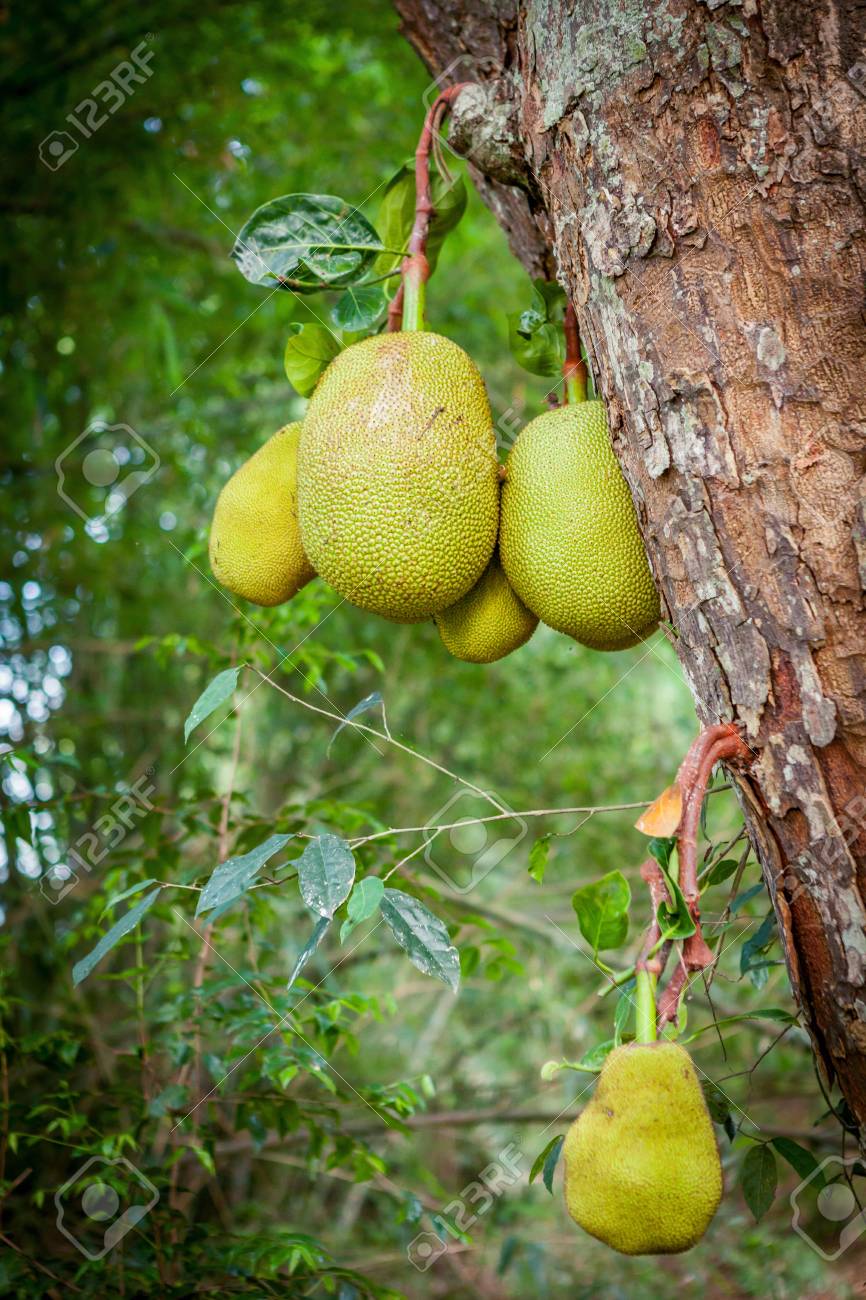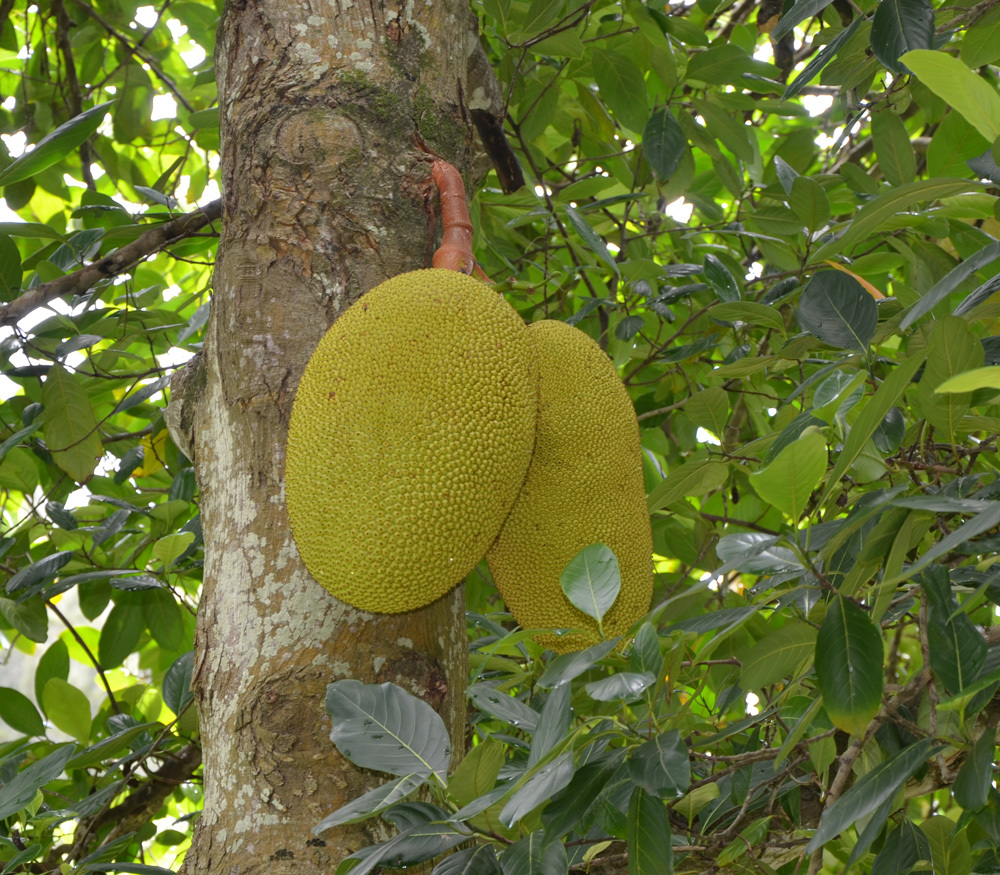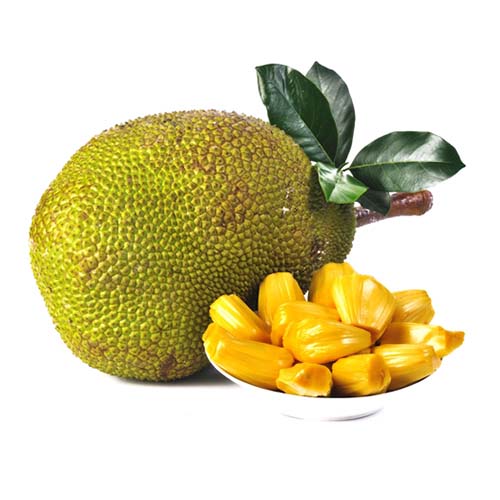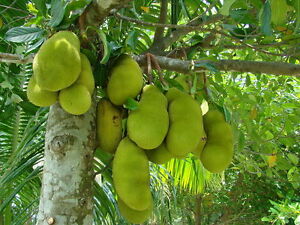Jackfruit
- Dont judge a book by its cover. Jackfruit is the best example of this phrase; spiky outfit and soft fleshy inside is belongs to mulberries family native to Western Ghats of Southern India.
- The jackfruit is a multiple fruit, made up of hundreds to thousands of individual flowers. The fleshly petals is really what’s eaten.
- Similar to its texture it also has an interesting history behind its name - The word “jackfruit” comes from Portuguese “jaca”, which comes from the Malayalam language term “chakka”.When the Portuguese came to India at Kozhikode on the Malabar Coast in 1498, the Malayalam name “chakka” was recorded by Hendrik van Rheede in the HortusMalabaricus, in Latin.
- The common English name “jackfruit” was first used by physician and naturalist Garcia de Orta in his 1563 book “Coloquios dos simples e drogas da India.” It is first cultivated in India long back 3000-6000 years ago.
- The greenish unripe fruit is cooked as a vegetable, and the ripened fruit is eaten fresh for the sweetly acid but insipid pulp surrounding the seeds. The ripened fruit is also used to make a variety of dishes, including custards, cakes, ice cream or mixed with shaved ice as esteler in Indonesia or halo-halo in the Philippines.The seeds from ripe fruits are edible, and are said to have a milky, sweet taste often compared to Brazil nuts. Really so interesting! Right?!!
- Jackfruit is rich in vitamins, minerals and dietary fiber. It is a very good source of vitamin A and B-complex vitamins Vitamin C and Vitamin E. The fruit is also a good source source of minerals, such as iron, magnesium, potassium and manganese as well.
- The health benefits of jackfruit include healthy hair and good eyesight, prevents indigestion, prevents anaemia, reduce inflammation, heart health, strengthen immune system, fights wrinkles it also helps in curing mental stress and skin diseases.
- MAPRO products related to this fruit: NONE.
